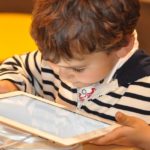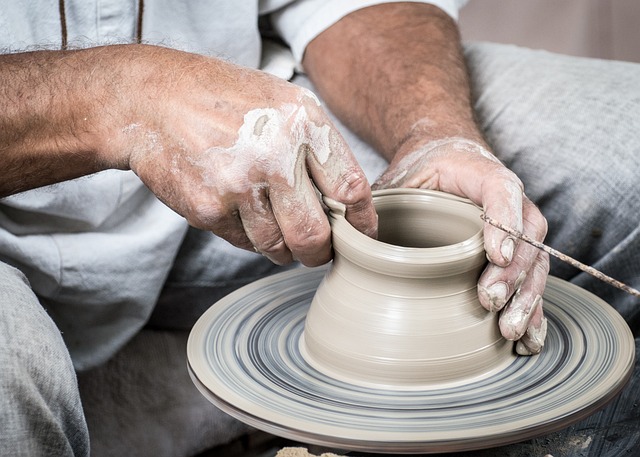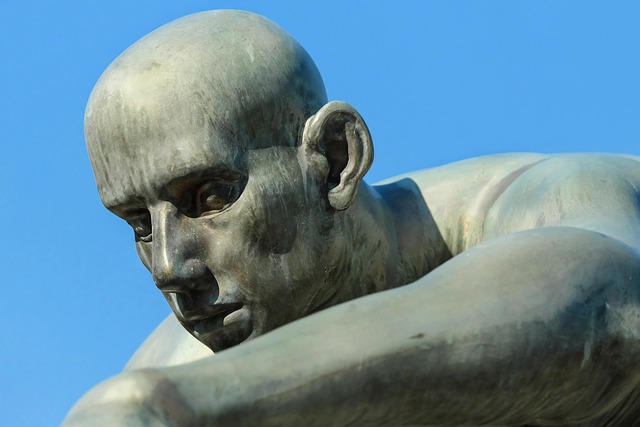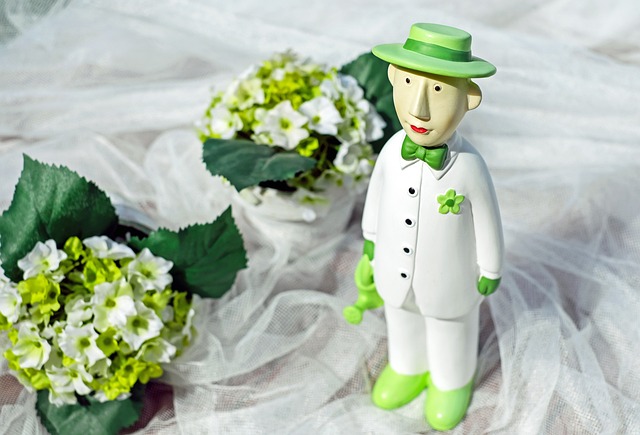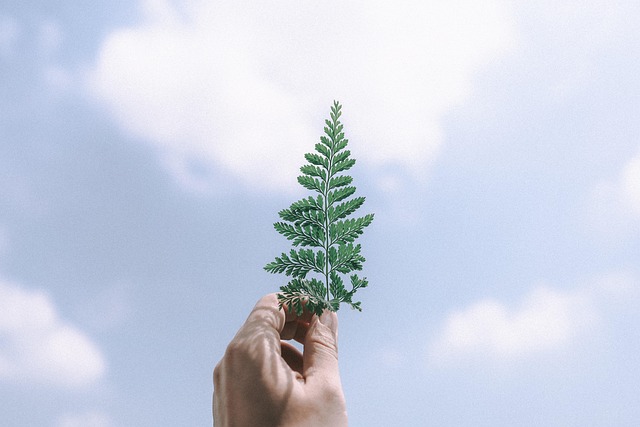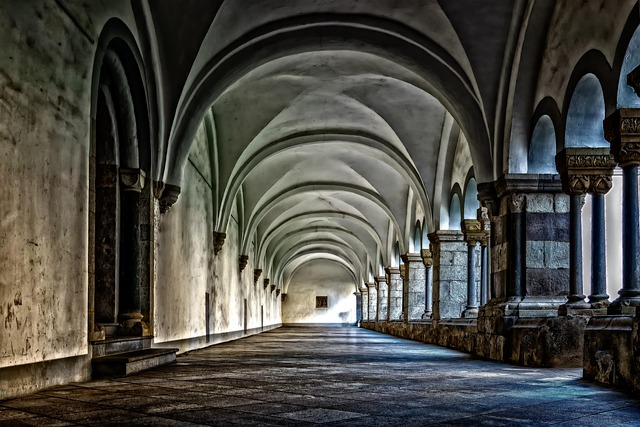Section 1: The Rise of AI Art
Artificial intelligence, or AI, has been making waves in the tech world for decades, but its impact on the art world has only recently begun to gain recognition. With advancements in machine learning and deep learning, AI has become capable of creating art that rivals that of human artists. This intersection of AI and art has sparked a new field known as AI art, where machines are programmed to generate original works of art. Let’s take a closer look at this emerging field and its potential impact on the art world.
Section 2: The Process of Creating AI Art
The process of creating AI art involves training a machine learning algorithm on a dataset of images, texts, or other forms of data. The algorithm then uses this data to generate new images, texts, or even music. This process is known as generative art, where the machine is given a set of rules or parameters to follow, but the actual output is left to its own creativity. The results can range from abstract and surreal to realistic and recognizable. This process is constantly evolving, with new techniques and algorithms being developed to push the boundaries of what AI art can achieve.
One of the most well-known techniques used in AI art is called style transfer. This involves feeding the algorithm two images, one as the content and the other as the style. The algorithm then combines the two images, creating a new image that has the content of one and the style of the other. This technique has been used to create stunning and unique pieces of art, blurring the lines between human and machine creativity.
Section 3: The Impact on the Art World
The rise of AI art has sparked a debate among artists, critics, and art enthusiasts. Some argue that AI art is not true art as it lacks the human touch and emotion that is often associated with traditional art. Others see it as a new form of art, a collaboration between humans and machines, pushing the boundaries of creativity.
One of the most significant impacts of AI art is its potential to democratize the art world. With traditional art, the artist’s name and reputation often play a crucial role in the value and price of a piece. But with AI art, the focus shifts to the algorithm and the technology used to create the piece, rather than the artist. This opens up opportunities for new and emerging artists to showcase their work and gain recognition, regardless of their background or status in the art world.
Another potential impact of AI art is its ability to create truly unique and original pieces. With traditional art, artists often draw inspiration from other artists or existing works, leading to similarities and repetition. But with AI art, the algorithm is constantly learning and evolving, creating pieces that are entirely unique and cannot be replicated by humans. This challenges the notion of originality in art and opens up new possibilities for creativity.
However, there are also concerns about the potential loss of jobs for traditional artists as AI art gains popularity. With machines being able to create art, will there still be a need for human artists? While it is true that AI art can create pieces faster and at a lower cost, it cannot replace the human element and emotion that goes into creating traditional art. Many artists are also embracing AI as a tool to enhance their work, rather than a replacement for their creativity.
In conclusion, the intersection of AI and art has opened up a new world of possibilities and challenges for the art world. From creating unique and original pieces to democratizing the art world, AI art is pushing the boundaries of what is considered art and challenging our perceptions of creativity. As technology continues to advance, it will be fascinating to see how AI art evolves and its impact on the art world. Whether it is embraced or rejected, one thing is for sure, AI art is here to stay.






